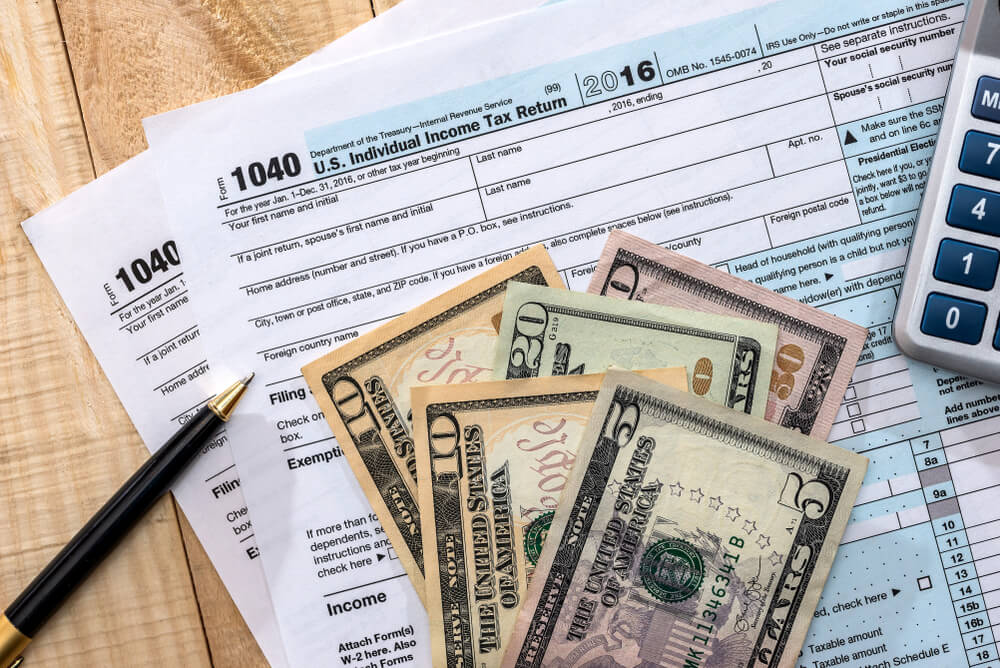The first full year of the Tax Cuts and Jobs Act is in the books, and the 2018 tax-filing season is well underway and off to a much slower start than last year as filers are seeing fewer and smaller refunds, according to early data released by the IRS.
With about 10 percent of households filing returns, the total number of returns received by the week ending Feb. 1 was down 12.4 percent from the week that ended on Feb. 2 of 2018, and only 13.31 million returns were processed, which is down a staggering 25.8 percent from the year before.
The average refund of $1,865 is down 8.4 percent than the average refund last year.
“Filing season has successfully launched with millions of tax returns having been filed,” Treasury Secretary Steven Mnuchin said in a statement. “We thank the Treasury and IRS employees who have been working diligently to ensure the system is processing these returns efficiently.”
The $1.5 trillion Tax Cuts and Jobs Act, passed by Republicans in 2017, overhauled the tax code, cutting rates for both individuals and corporations. The new law increased the standard deduction, lowered rates and curbed some other deductions.
Early filers typically expect big refunds, while those who owe usually wait until closer to the April 15 deadline to file.
According to the Tax Policy Center, about two-thirds of households are getting tax cuts for 2018 under the new law, and about 6 percent are paying more.
Refunds, however, don’t necessarily reflect the tax cuts themselves, as most taxpayers got much of the benefit through higher paychecks throughout the year due to reduced withholding in 2018.




